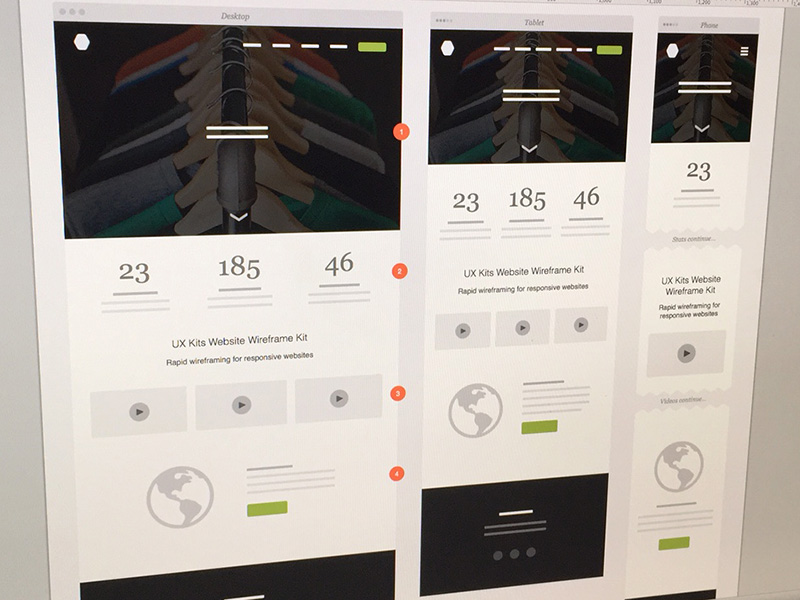


Related: Designer’s Toolbox: Create Visually Accessible Experiences Using StarkĬhange a page name or a section title and need to make a quick update? Find and Replace Text can help with that. Stark has much of the same functionality, but also allows designers to view their designs through the lens of various color blindness simulations. But if you’re looking for a quick spell check before delivery, this plugin gets the job done beautifully.Ĭluse is nice for checking and tweaking your colors to ensure they pass accessibility contrast standards as defined by WCAG 2.1(without having to go outside of Sketch to something like anymore!) This one is pretty straightforward - it does exactly what it says on the label! The one downside? Not recognizing lorem ipsum as placeholder text. Luckily, designers, developers, and other Sketch users have built a solid library of Sketch plugins! These plugins add functionality, automate work, and help streamline shifting work between Sketch and other design and delivery tools. Still, there are some things that Sketch doesn’t inherently do well right out of the box. Sketch has a relatively easy to use and streamlined interface as well as a large support community on the web. However, several team members have expressed how easily they picked up the tool compared to other design tools such as Photoshop or Omnigraffle. Several members of the Fuzzy Math team came to the organization without ever using Sketch beforehand.

We use Sketch to build global wireframe libraries to create consistent and cohesive looking designs which is incredibly helpful when working on projects with multiple UX designers. Sketch symbols allow us to build robust style guides, pattern libraries, and design systems that are not only a useful deliverable for our clients but also give us as designers what is essentially a rulebook for how the product should look and work together. In the same vein, Sketch also gives us the ability to develop symbols and libraries. We are able to use a common design language with wireframe shared libraries that keep everything consistent, which is much harder to do when working between different programs. Speeding up design workflowĪs mentioned, Sketch allows us to share designs among other designers at Fuzzy Math all within the same program which naturally speeds up our workflow. This helps ensure consistency and organization throughout the product’s design process without the need for multiple files or teams working in different programs. Sketch not only has the capability to build out wireframes but also allows visual designers to develop high-fidelity compositions and components, such as buttons and icons, to use throughout a product’s design. With Sketch, UXers can develop all of their assets (such as wireframes) right into the tool and handoff all of their designs to the visual designer all within the same program. Now, the process is a lot more streamlined and a lot less cumbersome. First, the UX team would develop wireframes in OmniGraffle, export those designs into a PDF, then the visual designer would work in Photoshop and those files would then be exported for client review. Previously, when our team was ready to move from the UX ideation stage of the process over to visuals, it took a lot of steps to get there. Why use Sketch over other tools?īefore we get into the weeds about how we use Sketch throughout a UX design project, here’s a few reasons why we love using Sketch over other design tools. Whether you’ve never used Sketch before or you’re interested in learning more about how our Fuzzy Mathers use this popular UX design tool, here’s an overview of how we’ve implemented Sketch into our UX design process and improved our workflow. Today, we’re still big fans of Sketch, and we’ve even become acquainted with plugins and workarounds that help us work even better within the platform. We wanted to step up our game and get our team connected with the most popular and consistently stable tool around, which naturally led us to use Sketch. We did a lot of research into new design tools and came to realize that we were behind the curve when it came to switching to the latest and greatest design software. While OmniGraffle was really powerful, it lacked the ability to support visual design creation and was slowly becoming outdated, which pushed us to hunt for something new. In fact, when the company first started, OmniGraffle was our go-to design tool. Over the years, Fuzzy Math has used a couple of different tools to produce UX design deliverables for our clients.


 0 kommentar(er)
0 kommentar(er)
